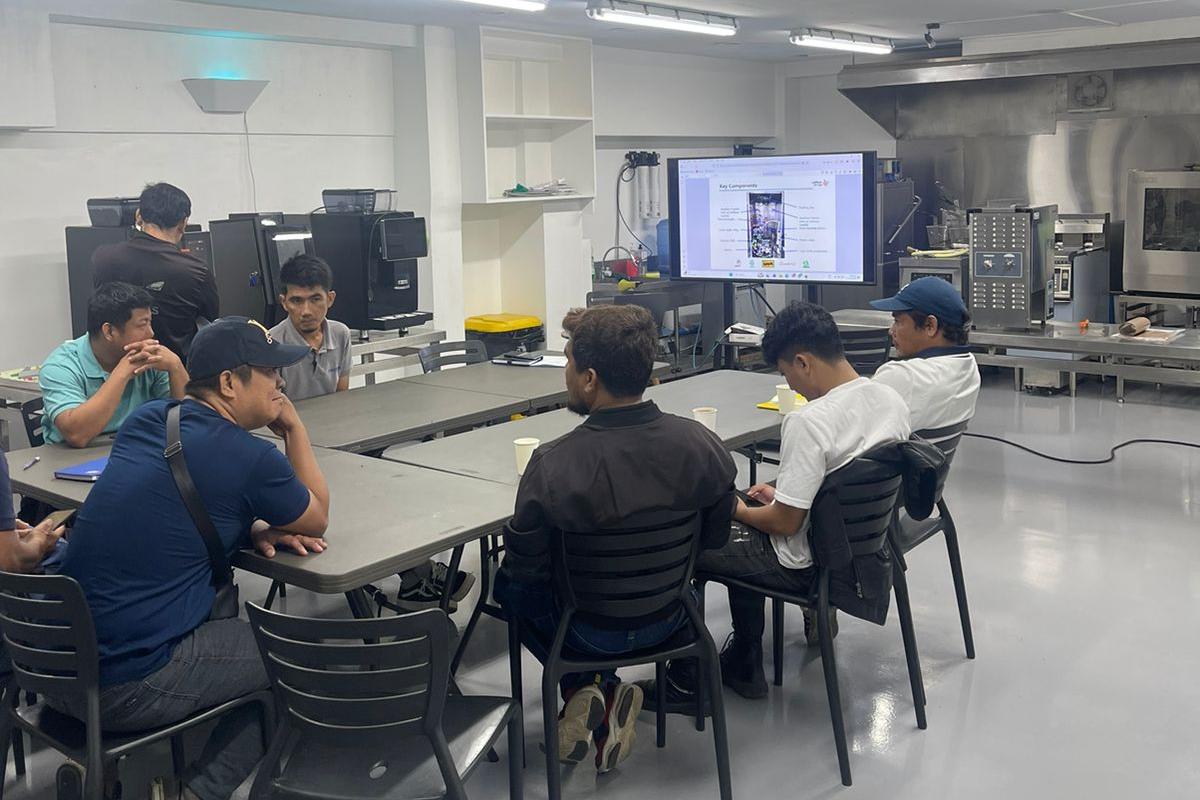Tilting-kettle-BTK200
Features
● Manual mode:precise control of 8 levels of fire
● Automatic mode:4 groups of preset menus for
variable-frequency timing and temperature control
● Electric operation and control of soup pot; pot body can be tilted by 90° to facilitate pouring soup, placing base and cleaning pot
● Fully-enclosed key controller, independent cooling air duct, variable-frequency cooling fan for fast cooling, and electronic devices completely isolated from air duct are to prevent oils smoke and water vapor from eroding circuit
Description
| Model | Dimensions (mm) | Electrical parameters | Capacity |
|---|---|---|---|
| BTK100 | 1250 x 950 x 950 | 380V, 50Hz, 15 kW | 100 L, Φ 700 |
| BTK150 | 1250 x 950 x 950 | 380V, 50Hz, 20 kW | 150 L, Φ 700 |
| BTK200 | 1250 x 950 x 950 | 380V, 50Hz, 25 kW | 200 L, Φ 700 |






